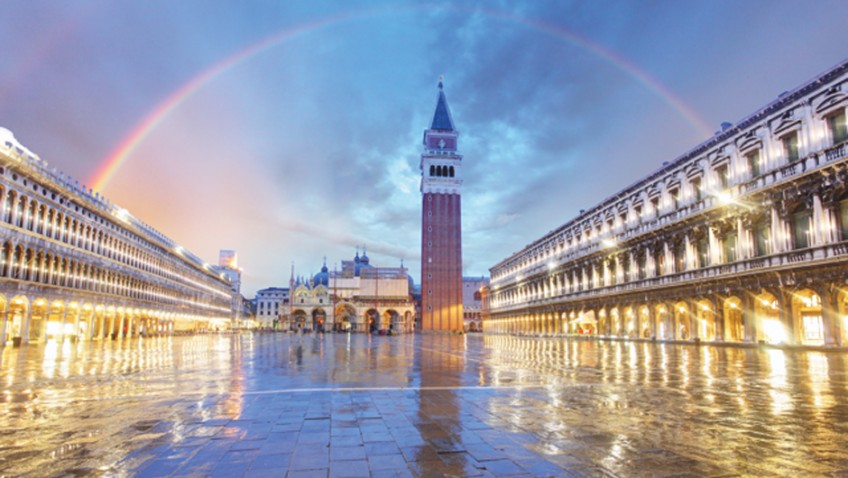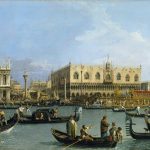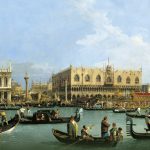We all think we’re familiar with Venice from images we’ve all seen – from the many pictures in glossy holiday brochures to the iconic images painted by Canaletto, Turner, and many other great painters too numerous to mention here.
But the best way to find out about this captivating location is to go there – and believe me this is one city that is easy to visit.
According to history, Venice came into existence at the stroke of noon on the 25 March, 421 A.D, its creation being borne out of necessity rather than anything else. The first settlers in the lagoon left the Italian mainland after the collapse of the Roman Empire, fleeing the hordes of barbarians who were invading from northern Europe.
Brutal assaults of the forces of Attila the Hun on the mainland were the real catalyst for the creation of the city. The Lagoon separated Venice from the mainland by a few miles, just enough to make it inaccessible to the invaders who had neither the knowledge or ships to cross the water. From these forced beginnings, the Venetians realised that they could live in isolation from the rest of Italy and set about creating the city that we know today – a city that is teeming with art, culture, and beauty.
Getting around
What makes Venice so accessible is the fact that it is small and compact. With two healthy feet, a good guide book, a good pair of eyes and some common sense you can navigate the city quite easily.
The population of Venice itself is around 60,000 people, yet it attracts over 20 million tourists each year. English is widely spoken, so communication is relatively easy, and the city is well signposted. There are really only two places you need to know how to find – St Mark’s Square and the Grand Canal. If you locate these, and you’re never really that far from either, then you can easily find your way around
Part of the Venice experience is walking the narrow alleys, known locally as calle, thinking you are lost but then spying a sign on a wall that takes you back to a well-known part of the city. You will also walk through hidden squares (campi) where you will come across many bars and cafes away from the tourist track, which are much cheaper and arguably much more authentic.
The thing to remember is that the city is a series of interconnecting islands – you won’t realise this as you walk around – that are connected by the many small bridges that cross the many canals that give the city its charm.
If walking isn’t for you, or you want to see the city from the water, then it’s easy to catch the water buses, known as vaporettos – they are frequent, reliable and the stops are well signposted. You can buy a ticket for a single journey, although this can work out more expensive, or you can buy a travel card for the duration of your stay – for example a single trip costs £7.50 whereas a three-day travel card allowing unlimited journeys costs £40. You can also take a water taxi – but these are far more expensive than the water buses.
Things to see
The most popular tourist hot spots are St Mark’s Square, the Rialto Bridge, the Doge’s Palace and St Mark’s Basilica – but beware they do get quite busy. If you want to visit these then the earlier in the day the better. To get a great aerial view of the city then visit the Campanile, the bell tower of St Mark’s. It’s one of the iconic images of the city giving great views across the lagoon and the city itself.
Being built on a lagoon, the sea plays a large part in the life of the city, and also in feeding its inhabitants and visitors. A trip to the fish market, located not far from the Rialto Bridge is a must – fish is traditionally bought fresh to be served that day, and it really is an amazing sight.
If you enjoy visiting churches you are in for a treat – including both the city and surrounding islands there are over 140 of them to visit, and entry to many of them is free. Venice is a glorious place to visit and well worth making the effort, so what are you waiting for?




